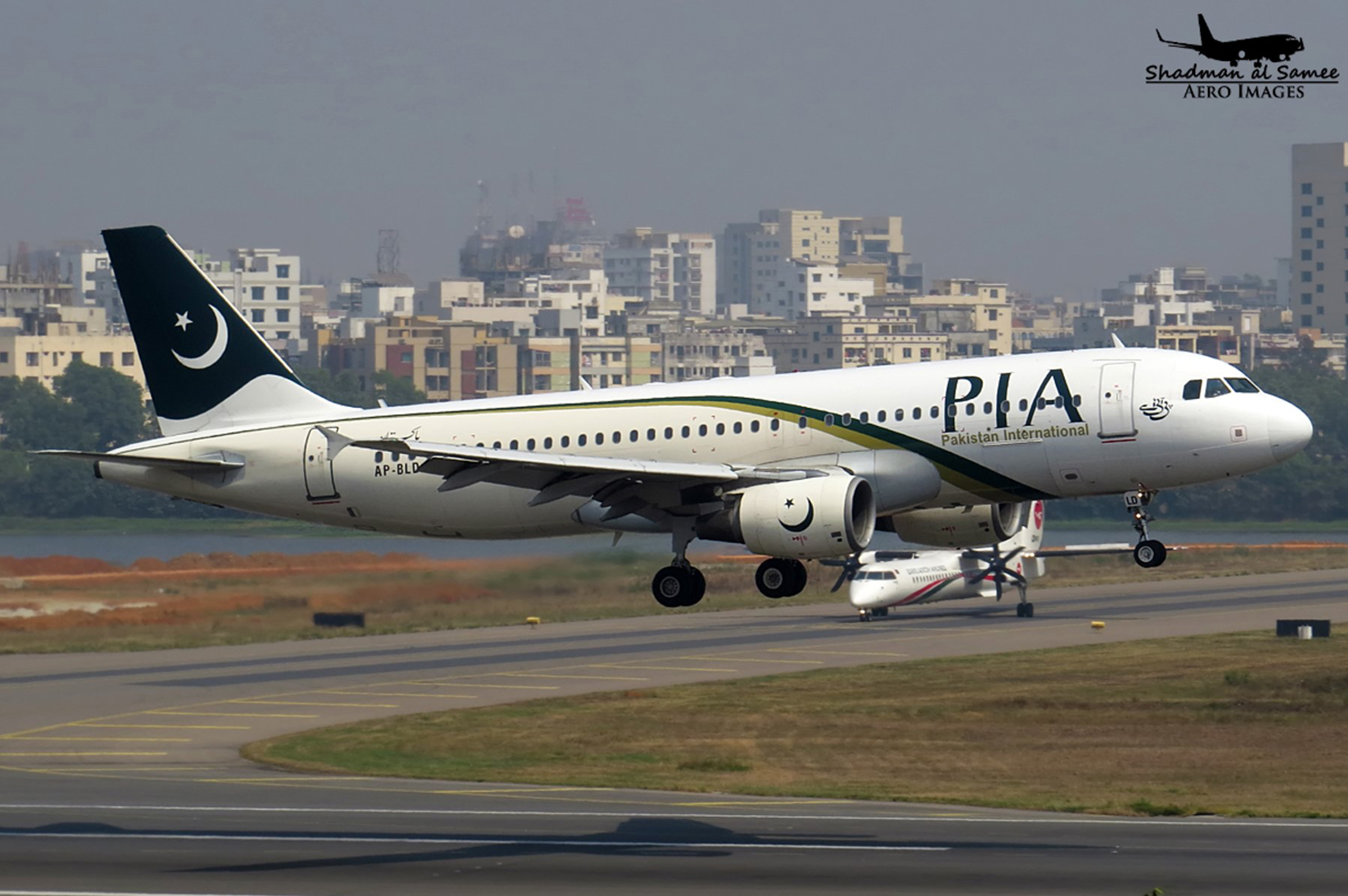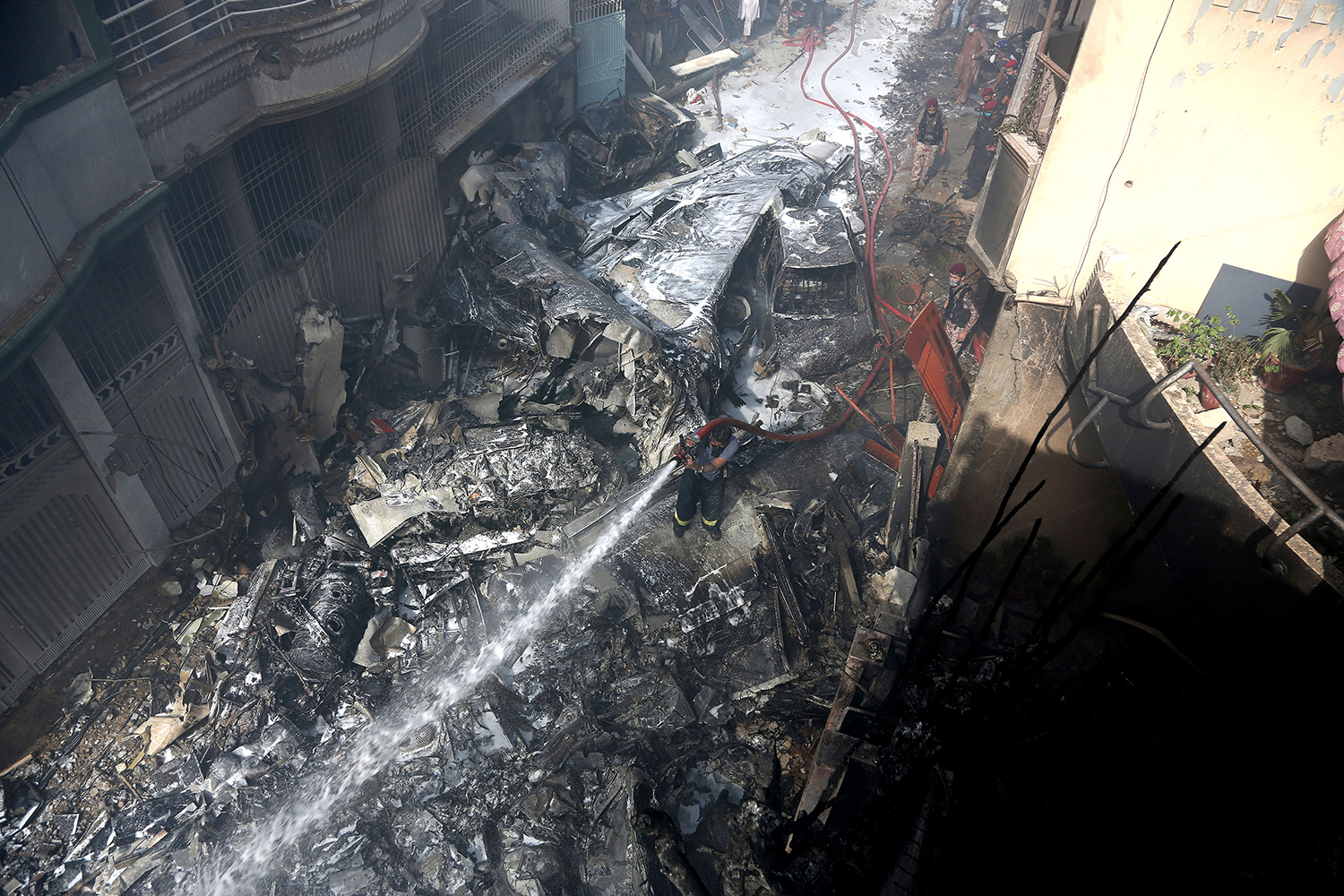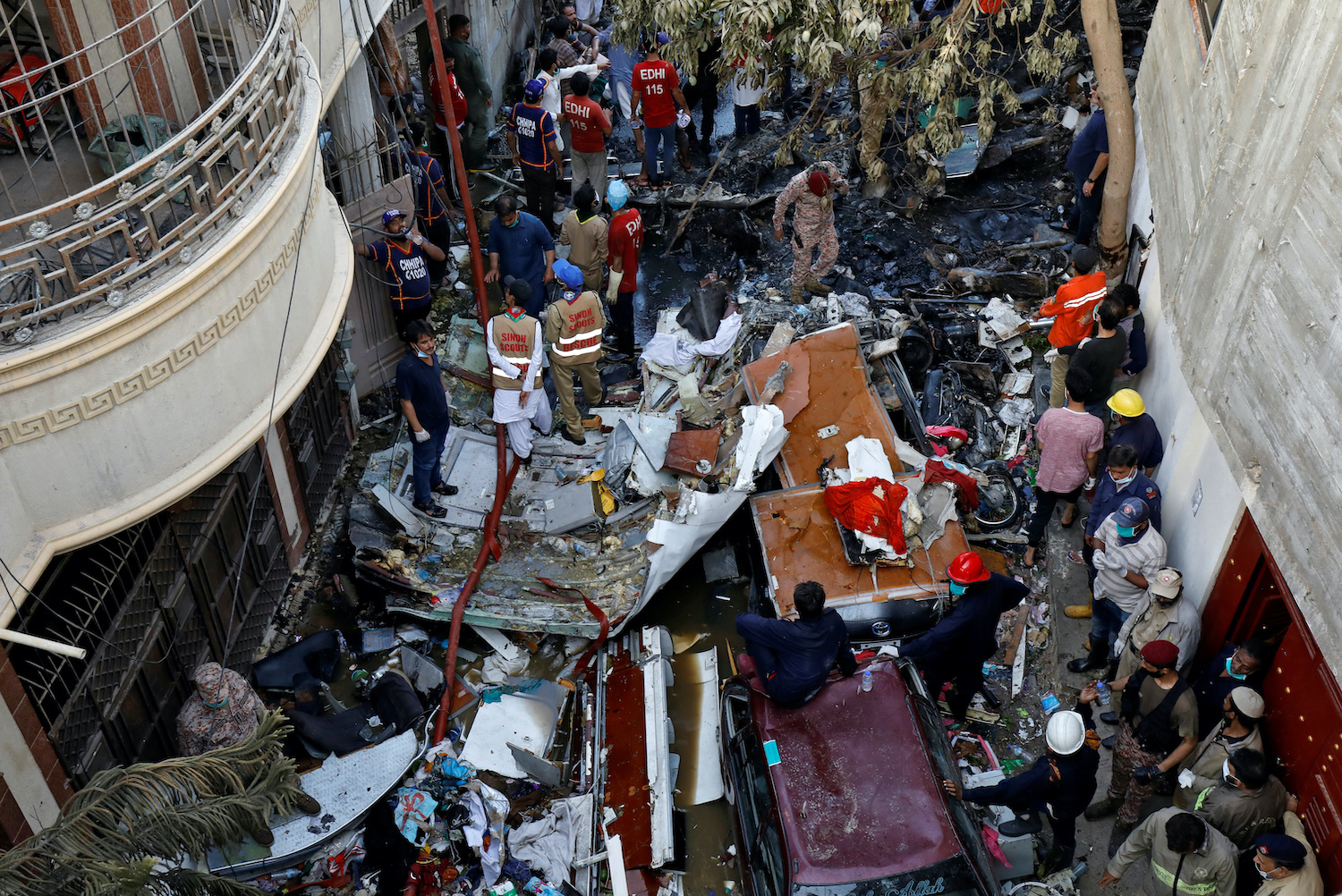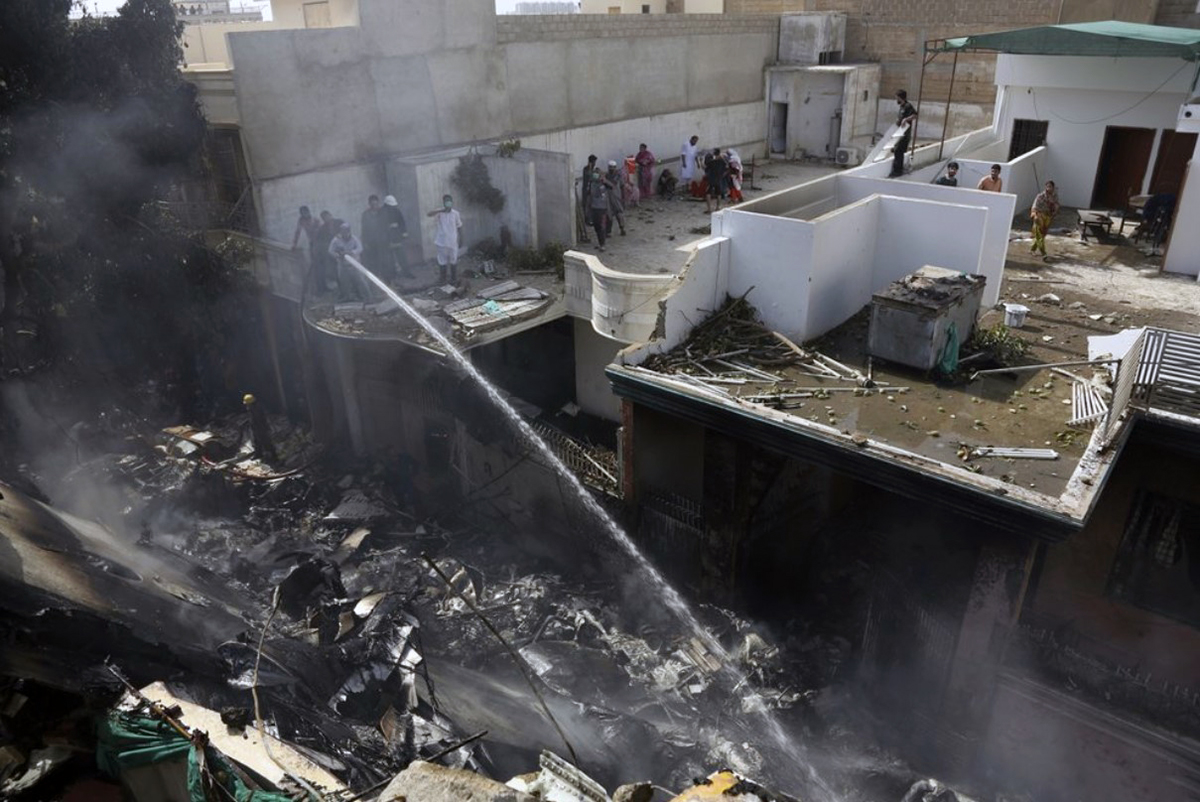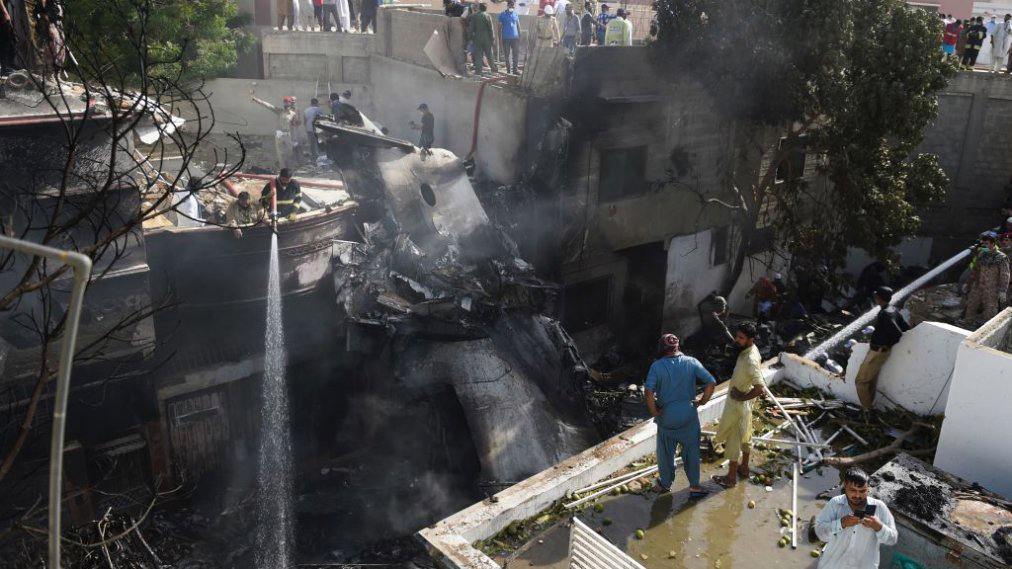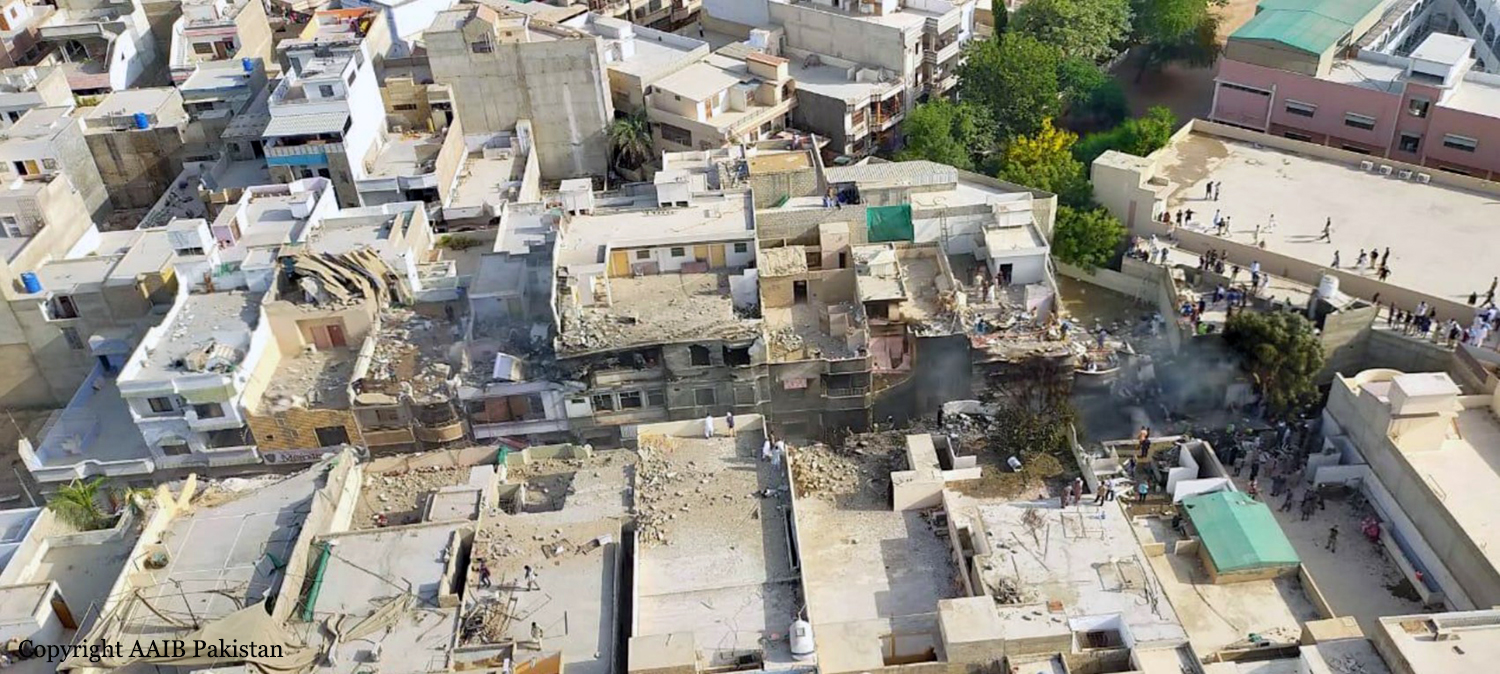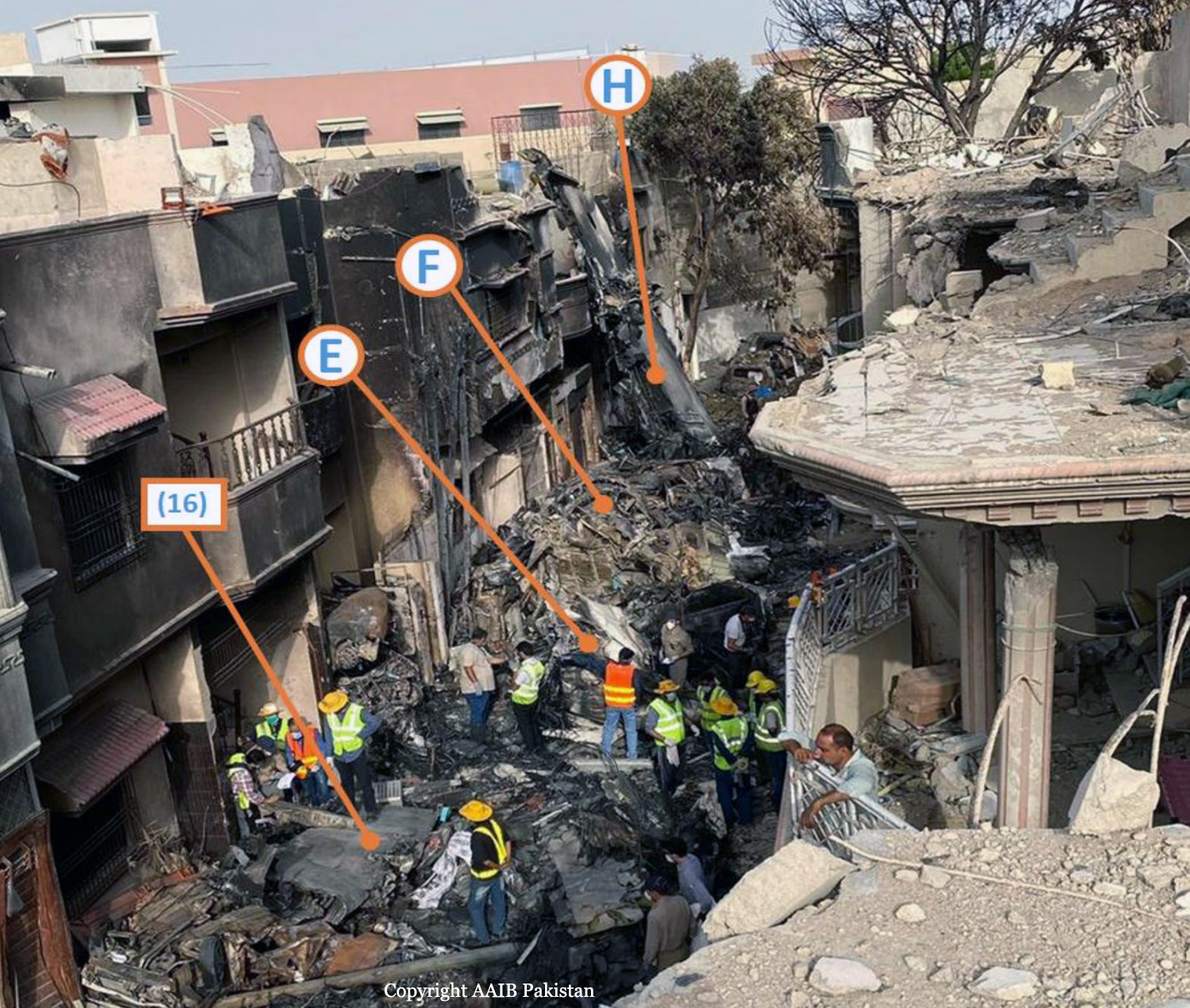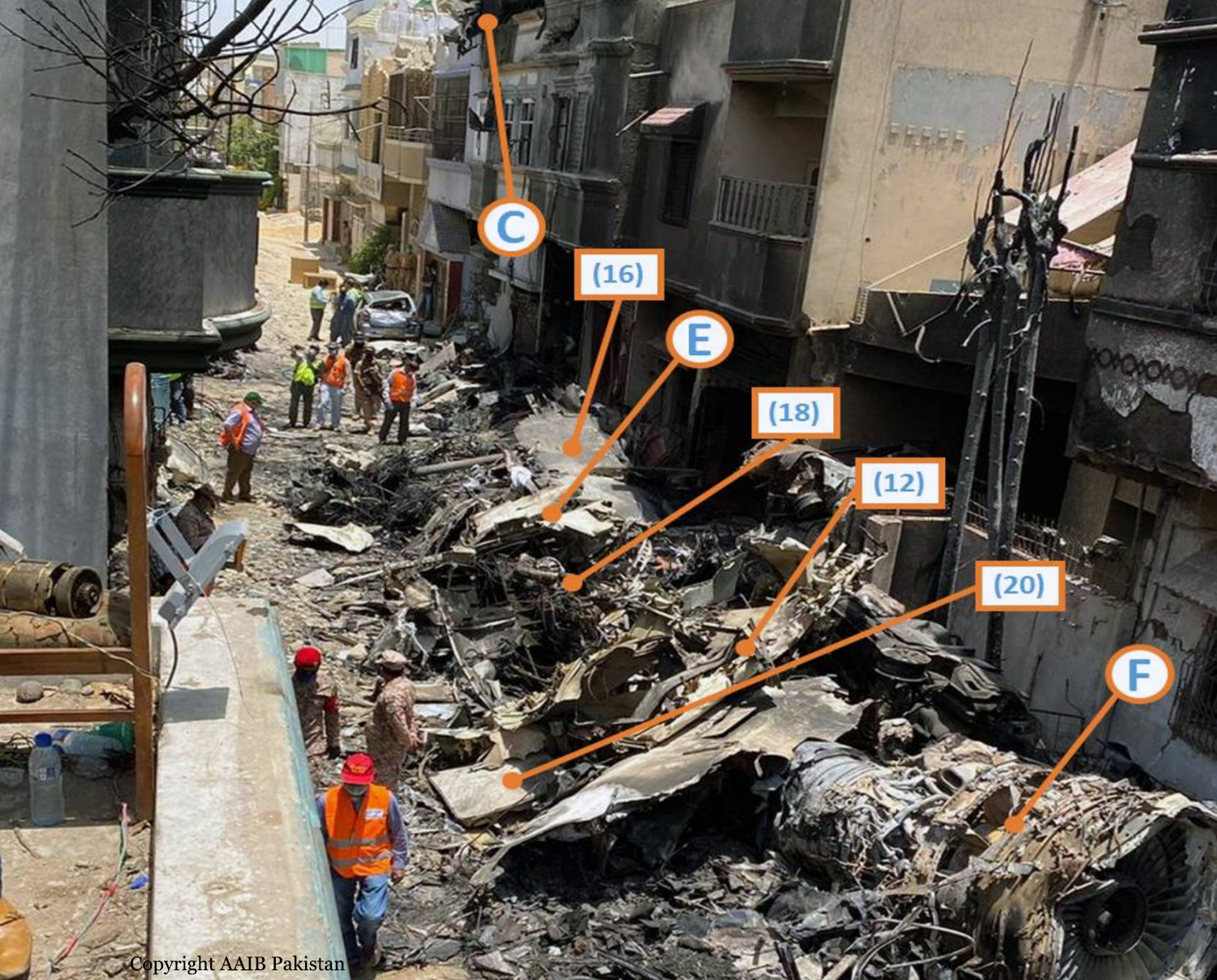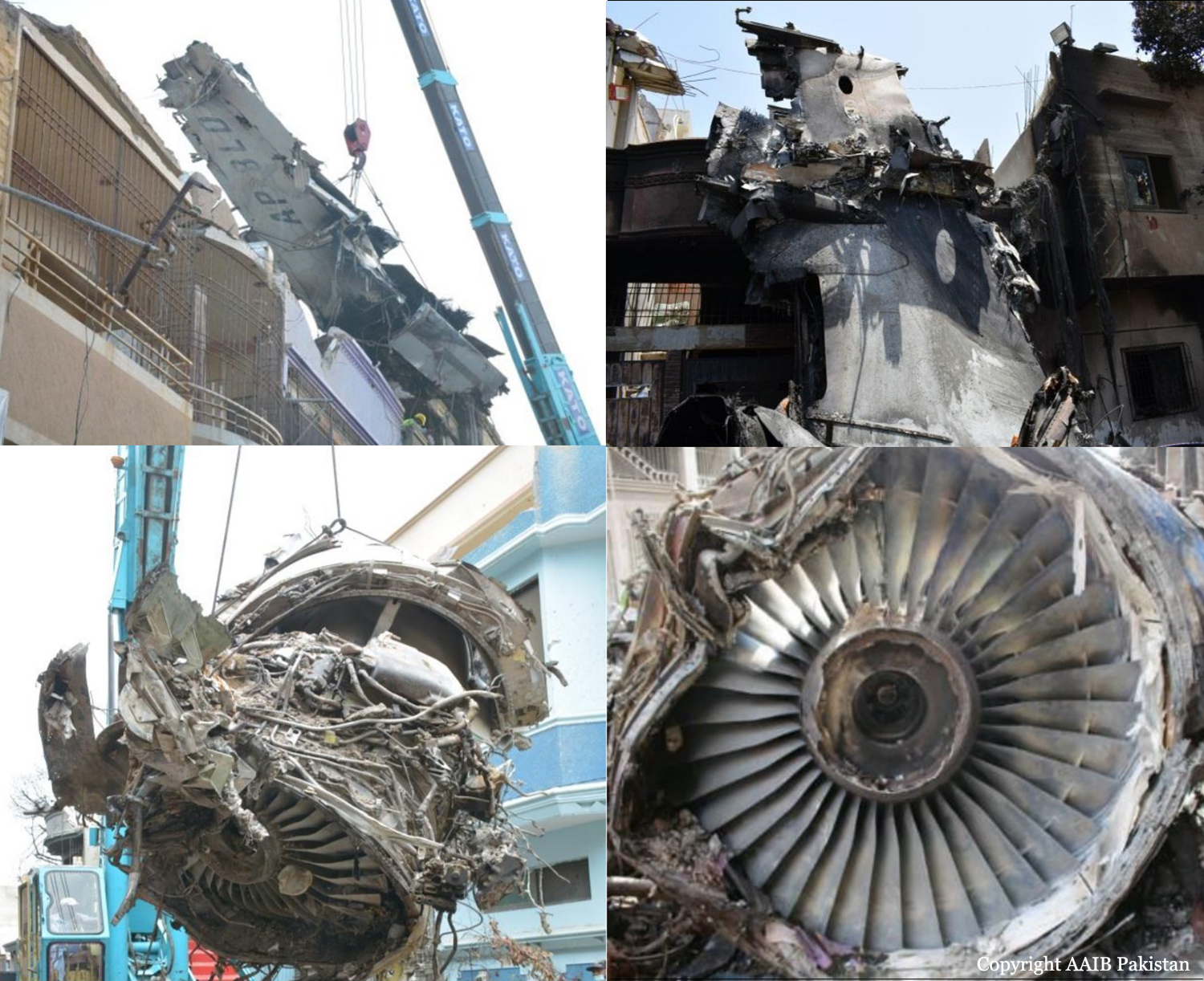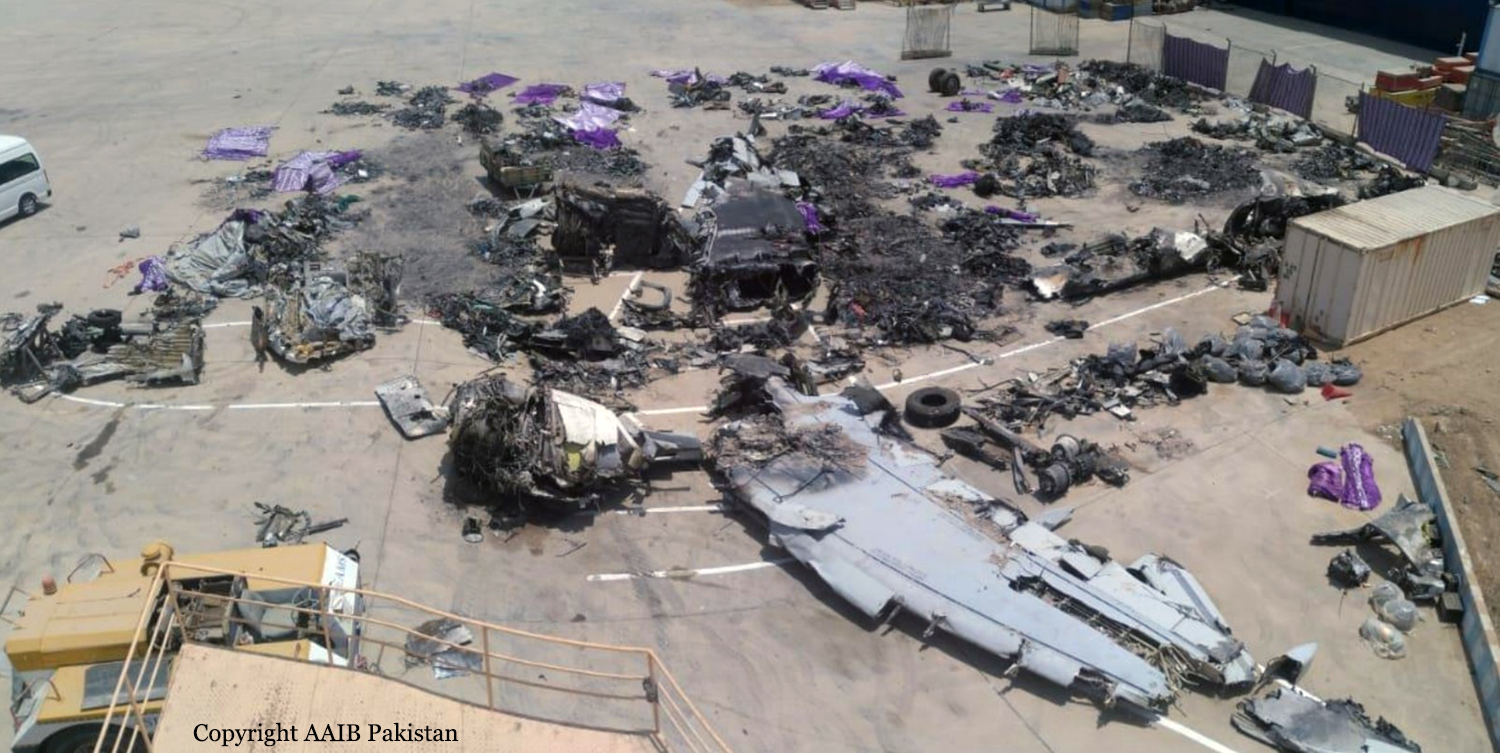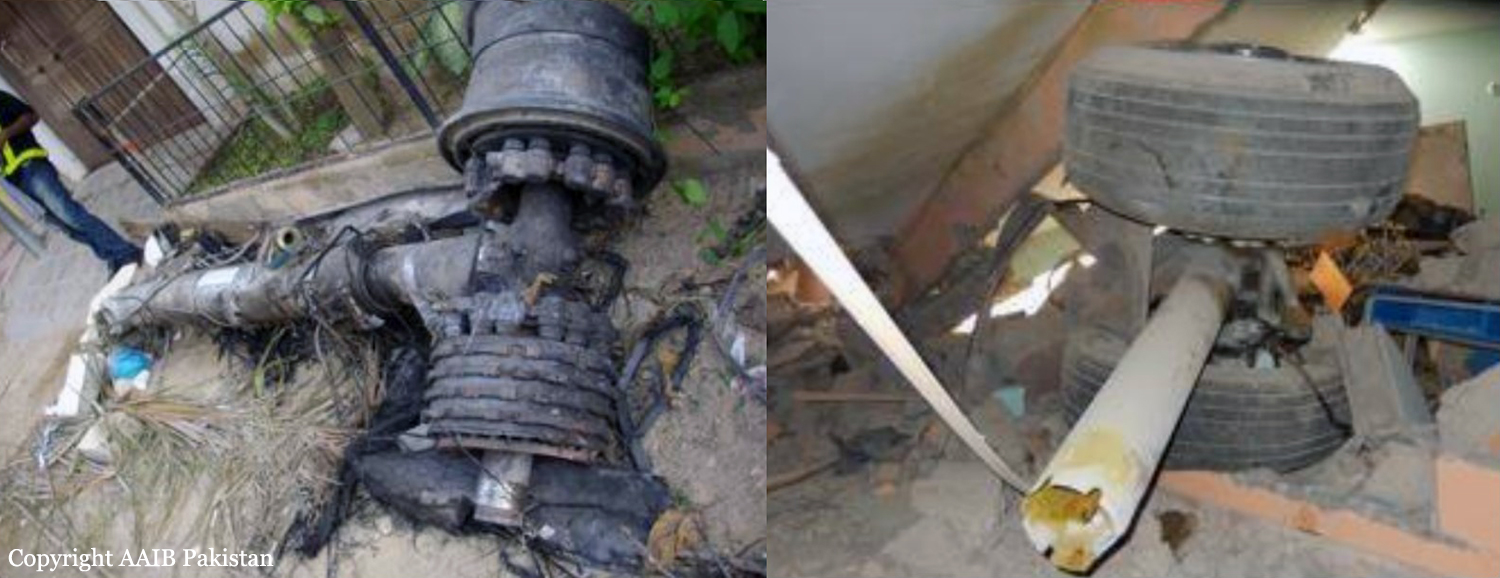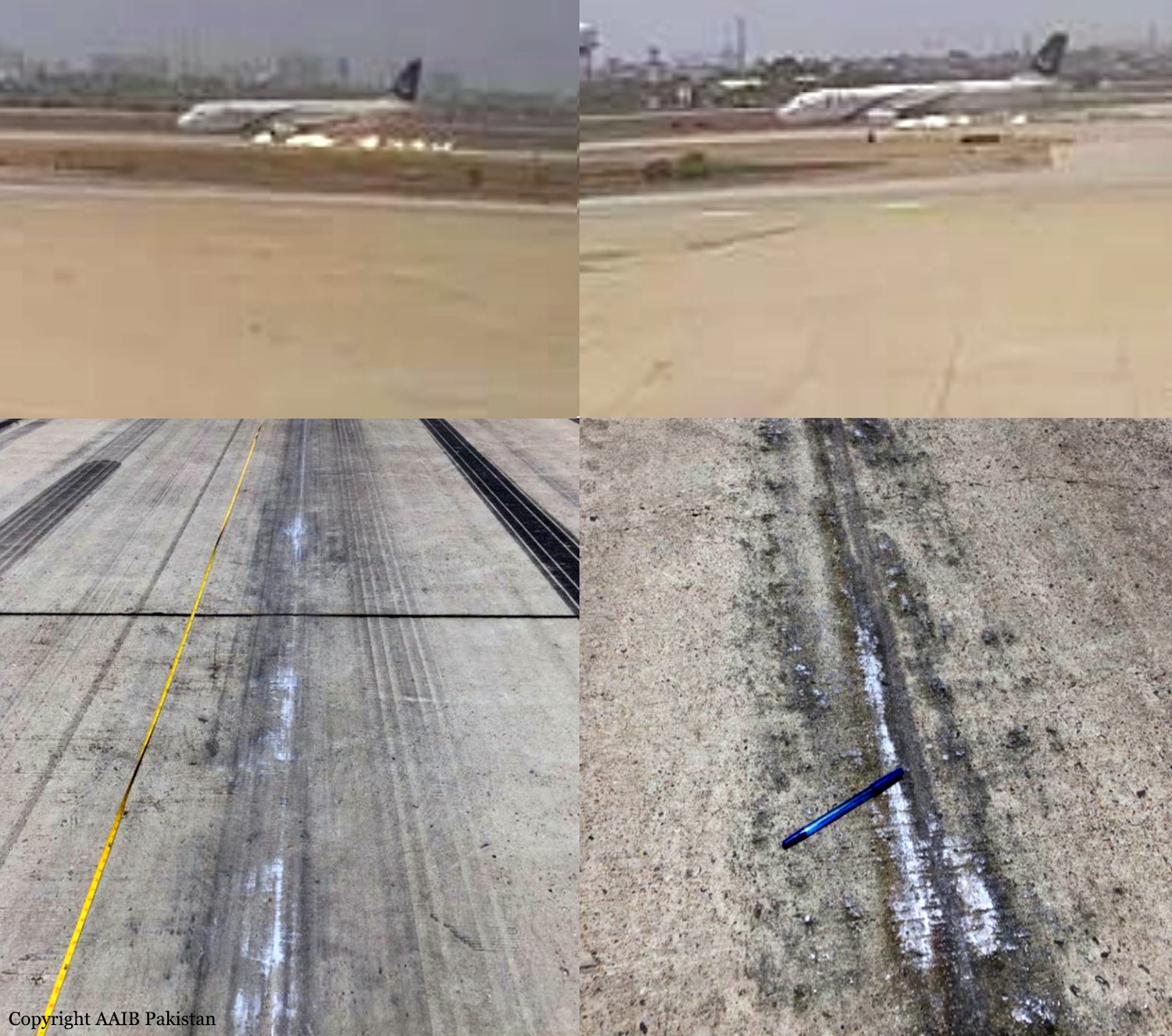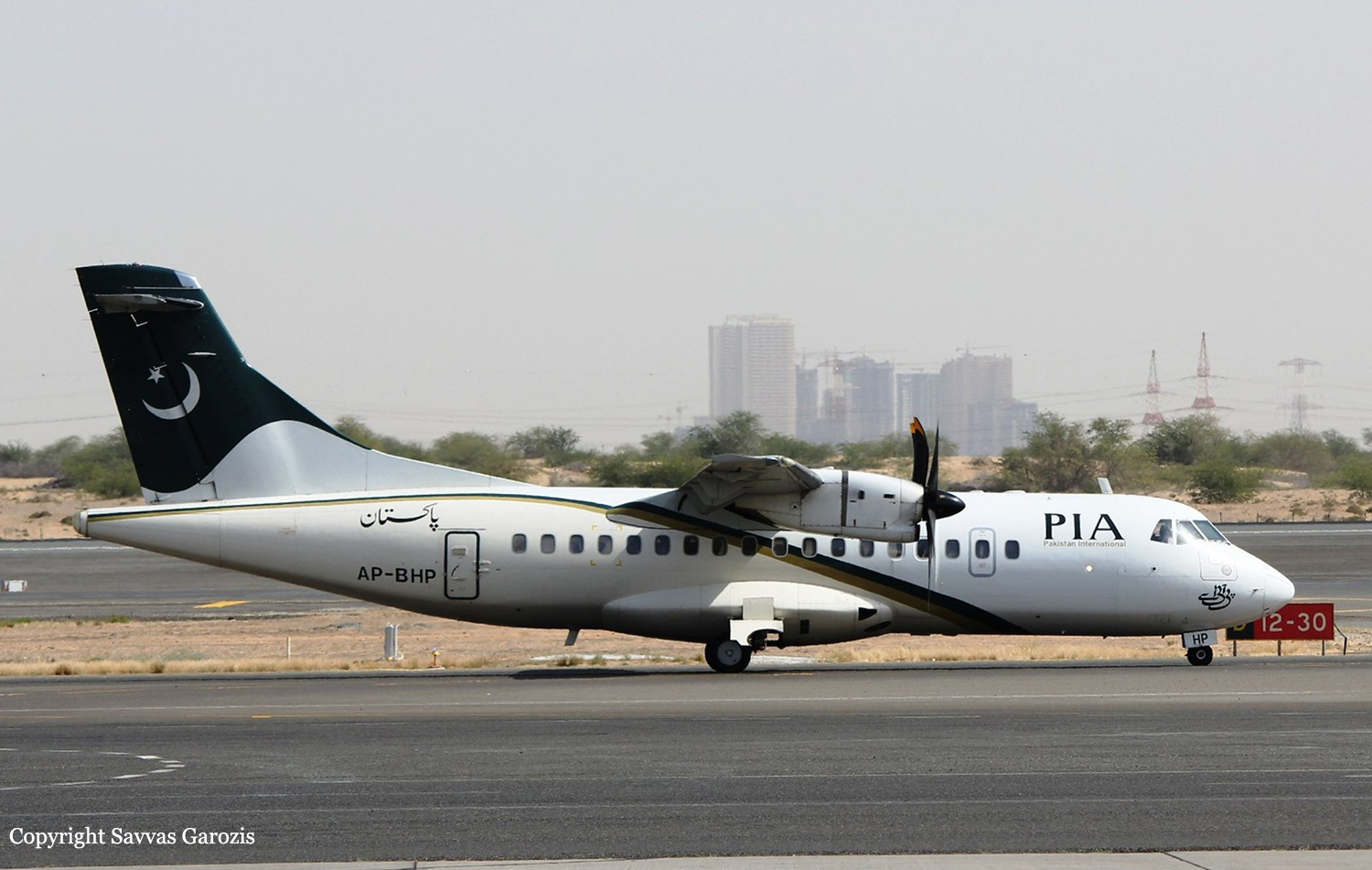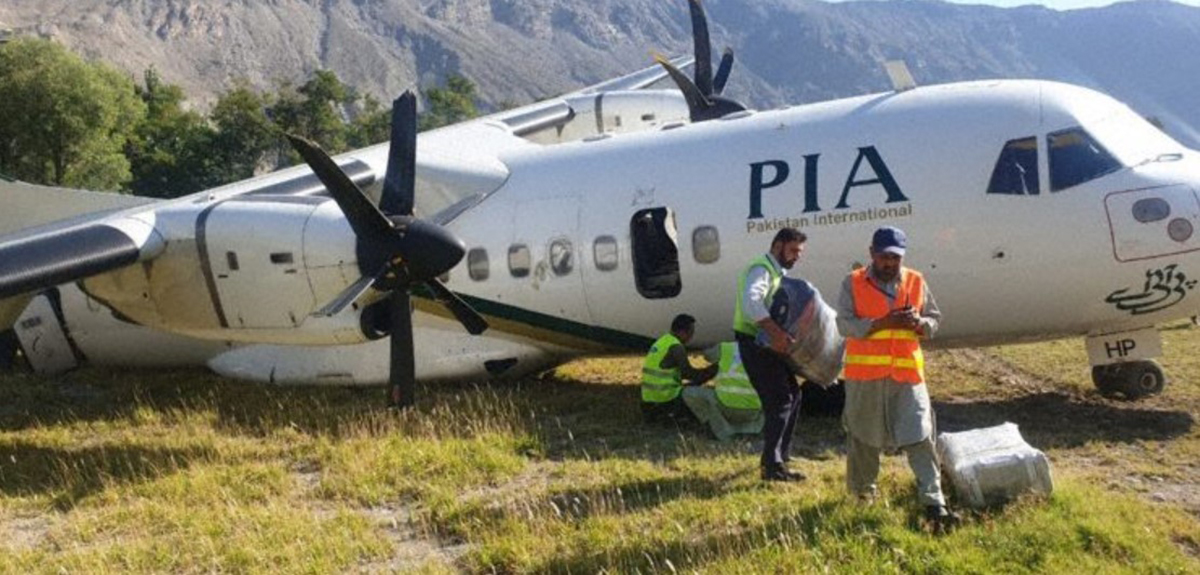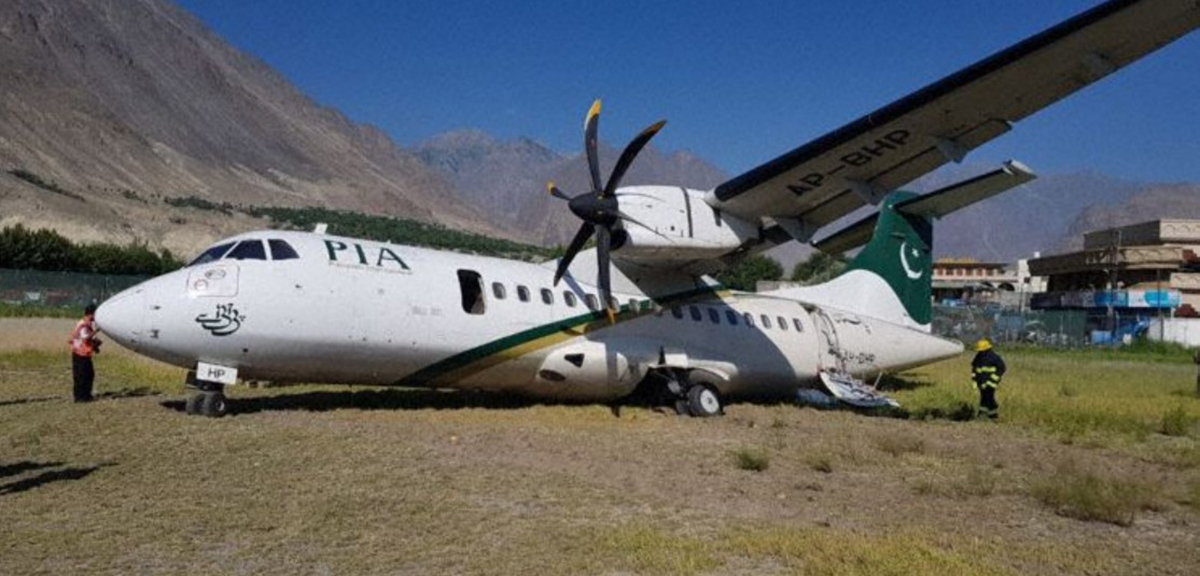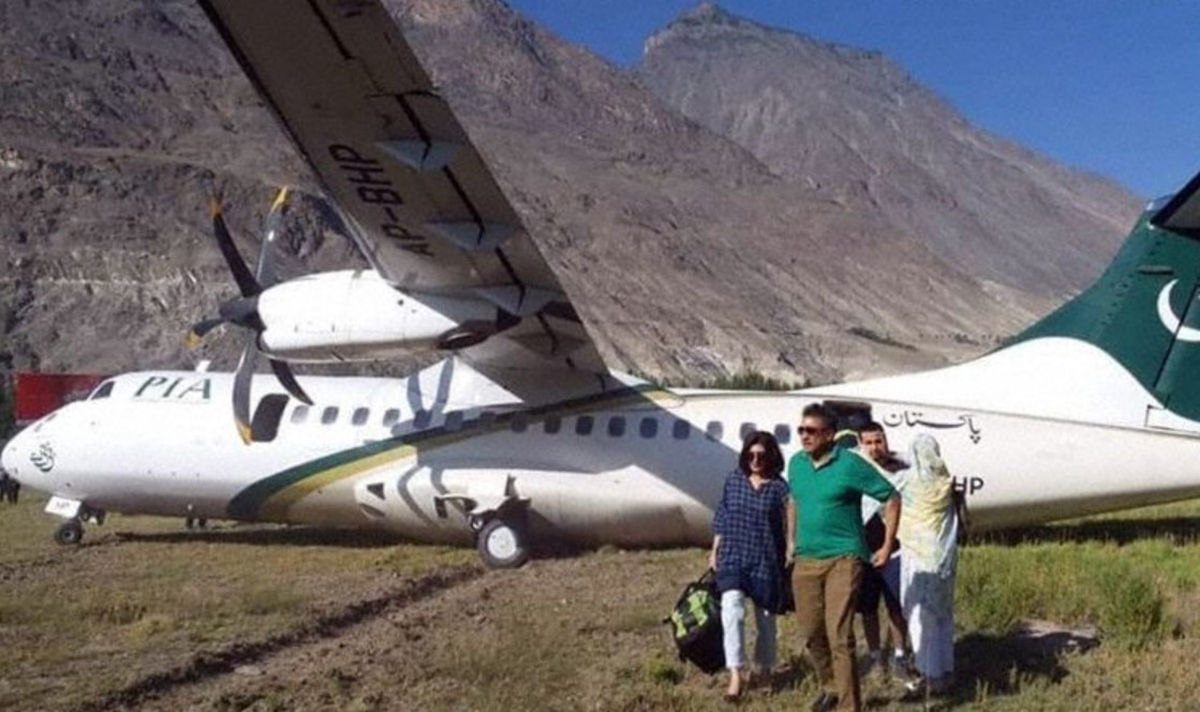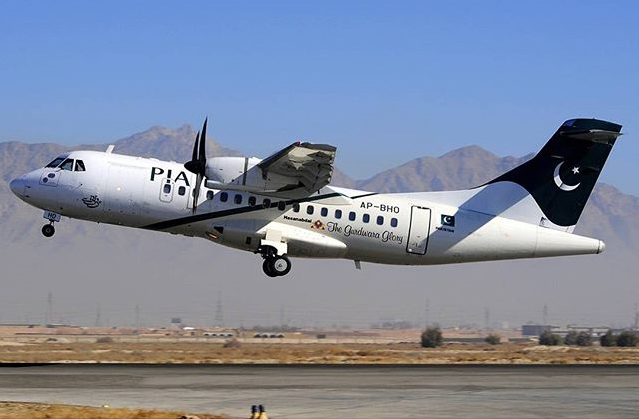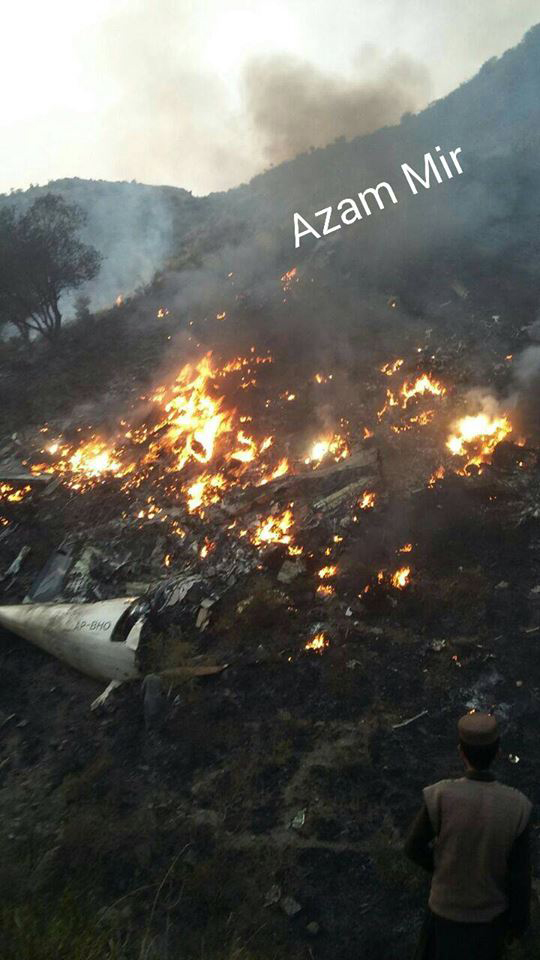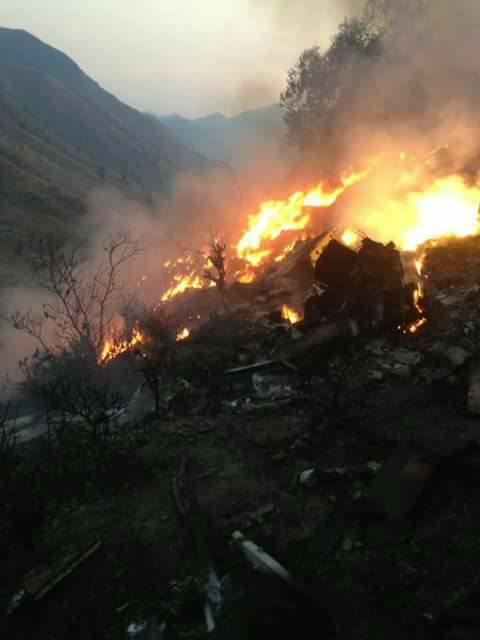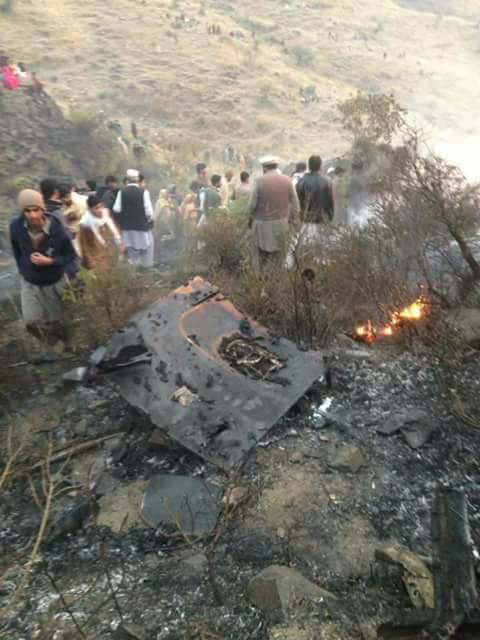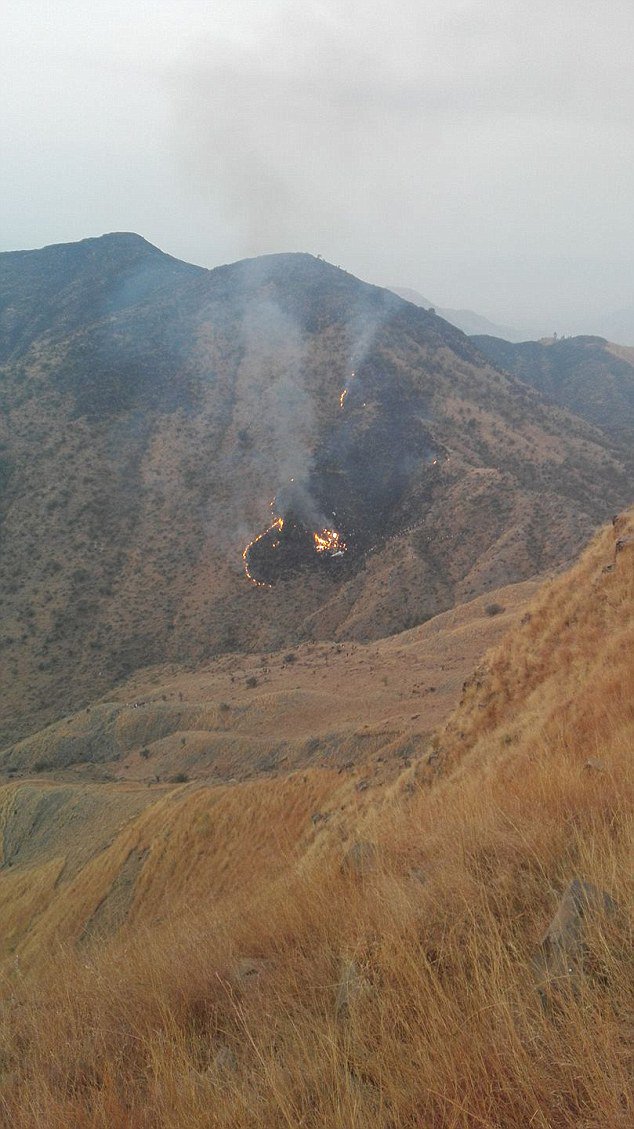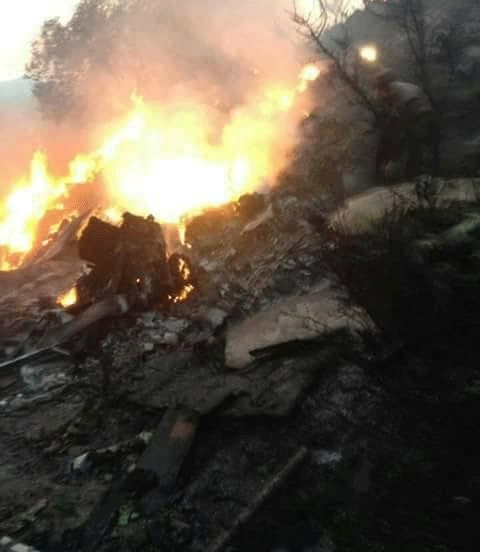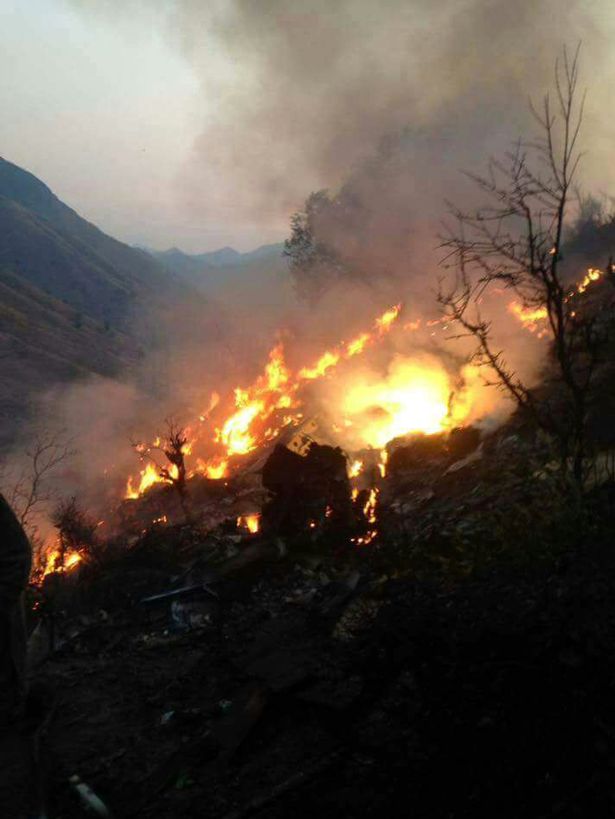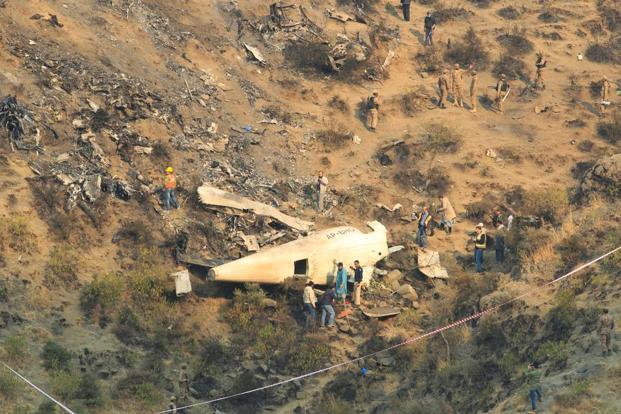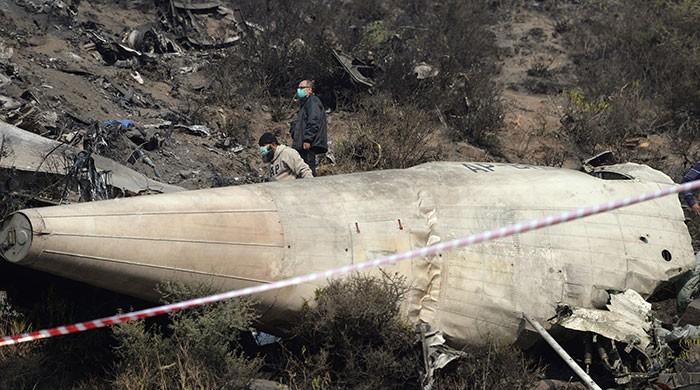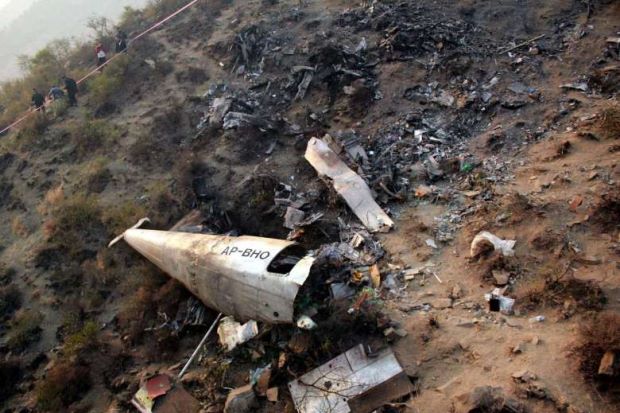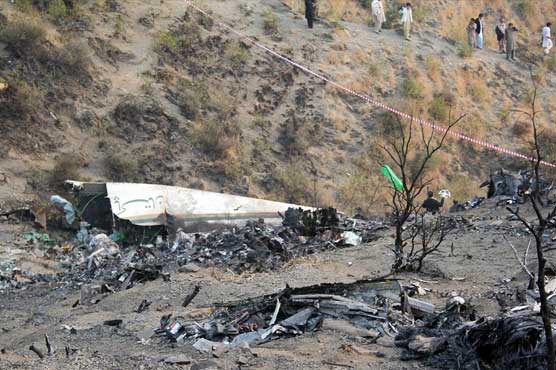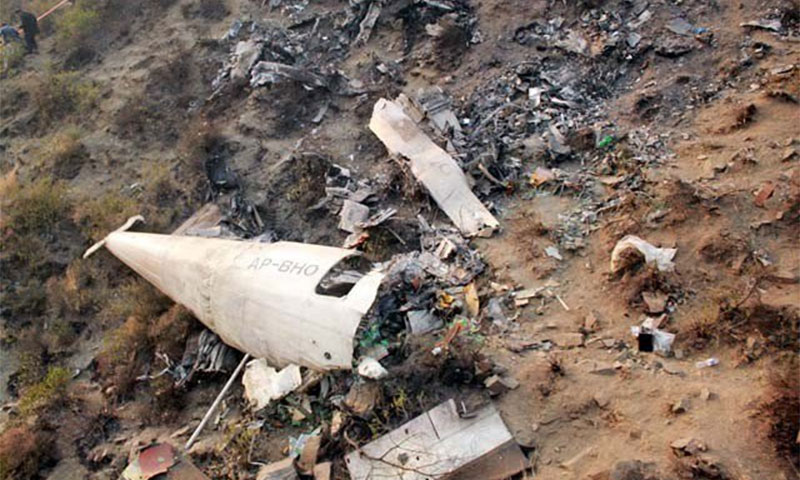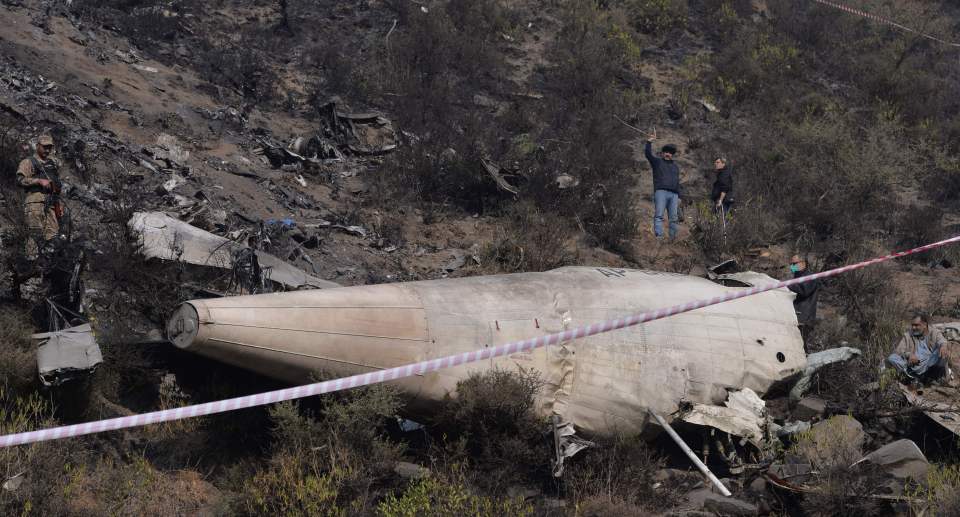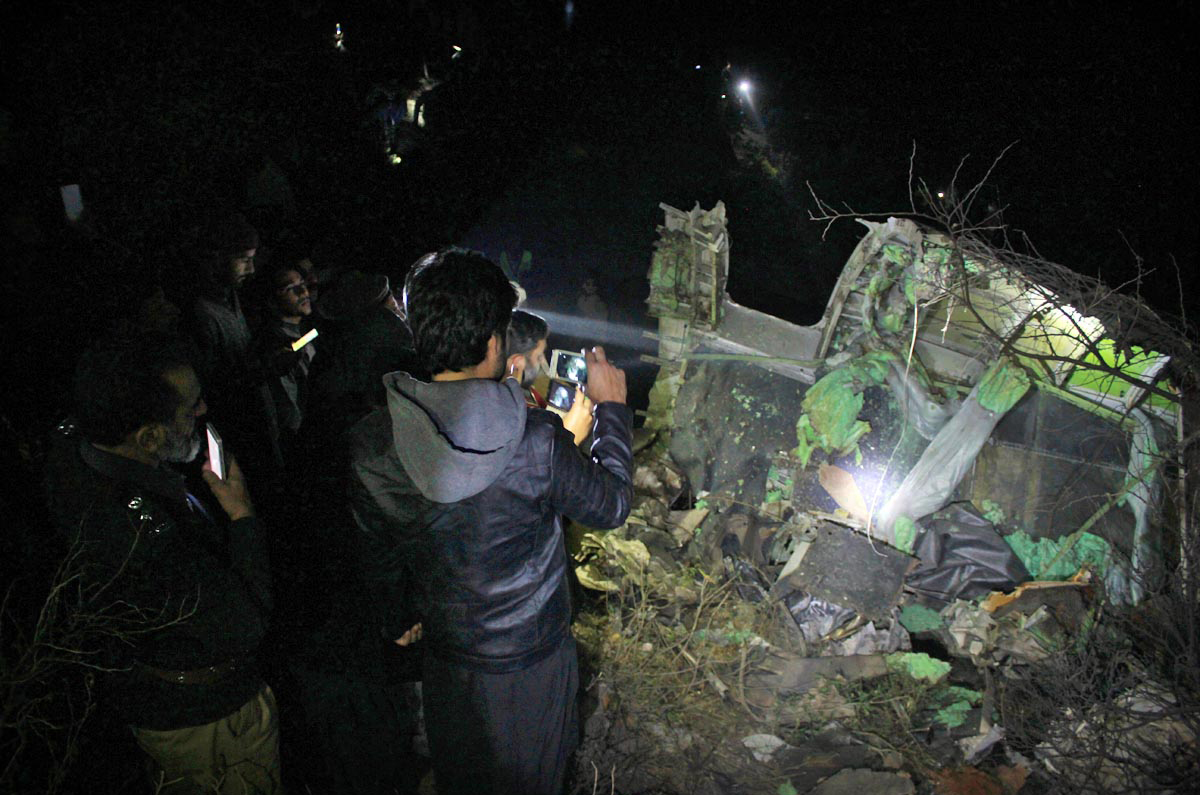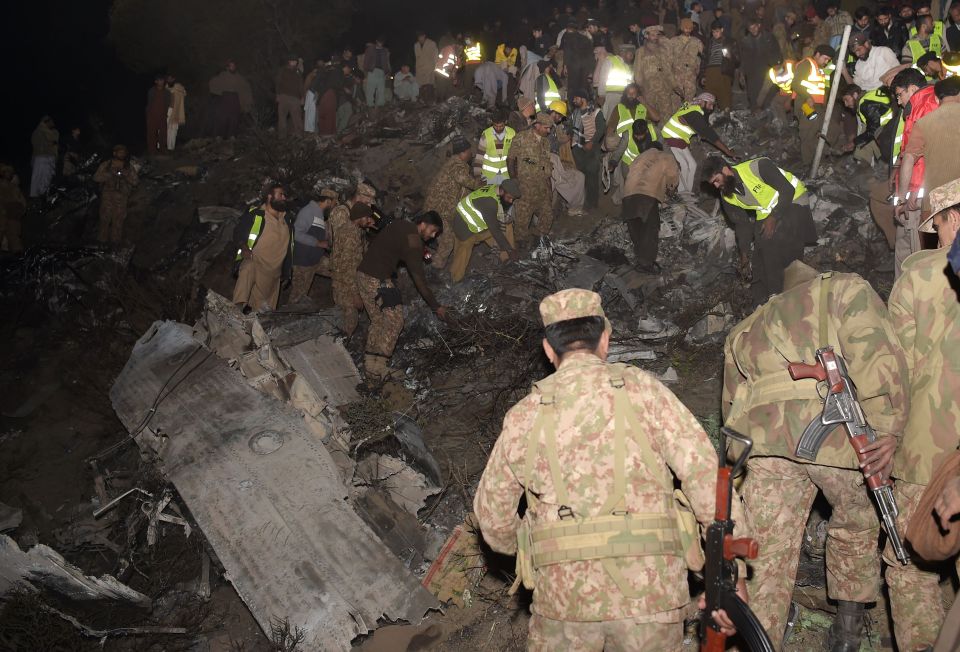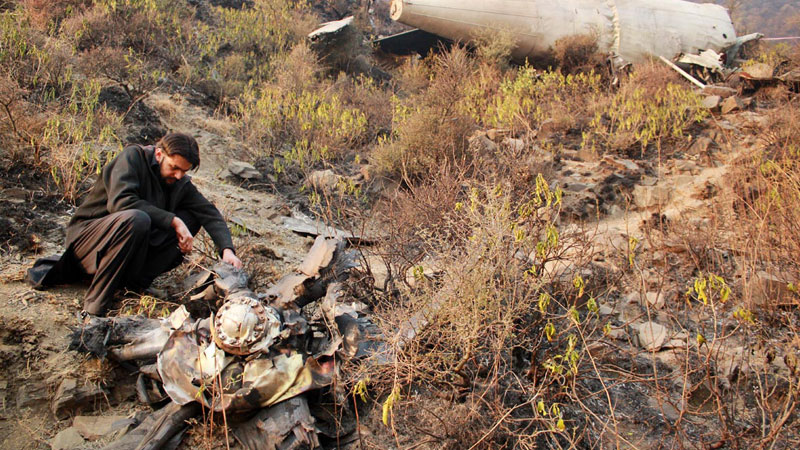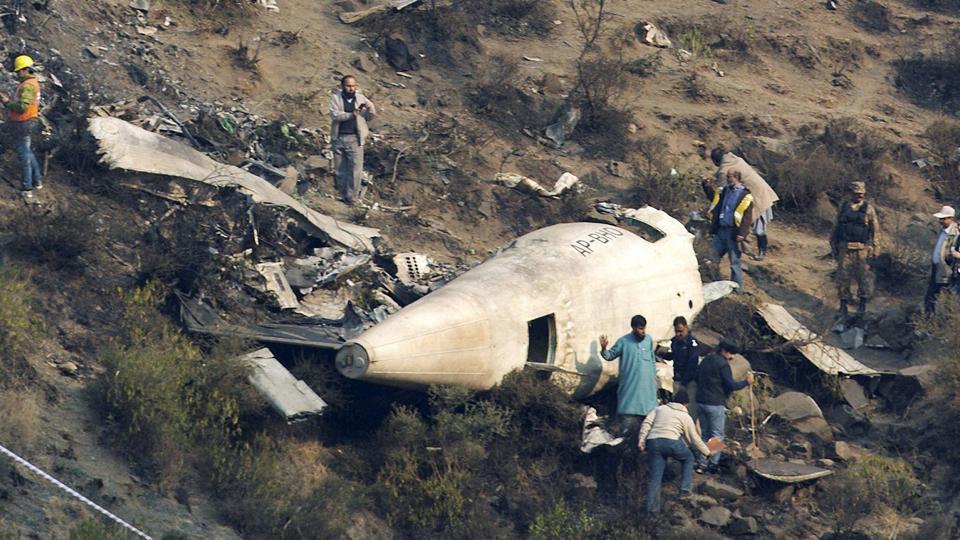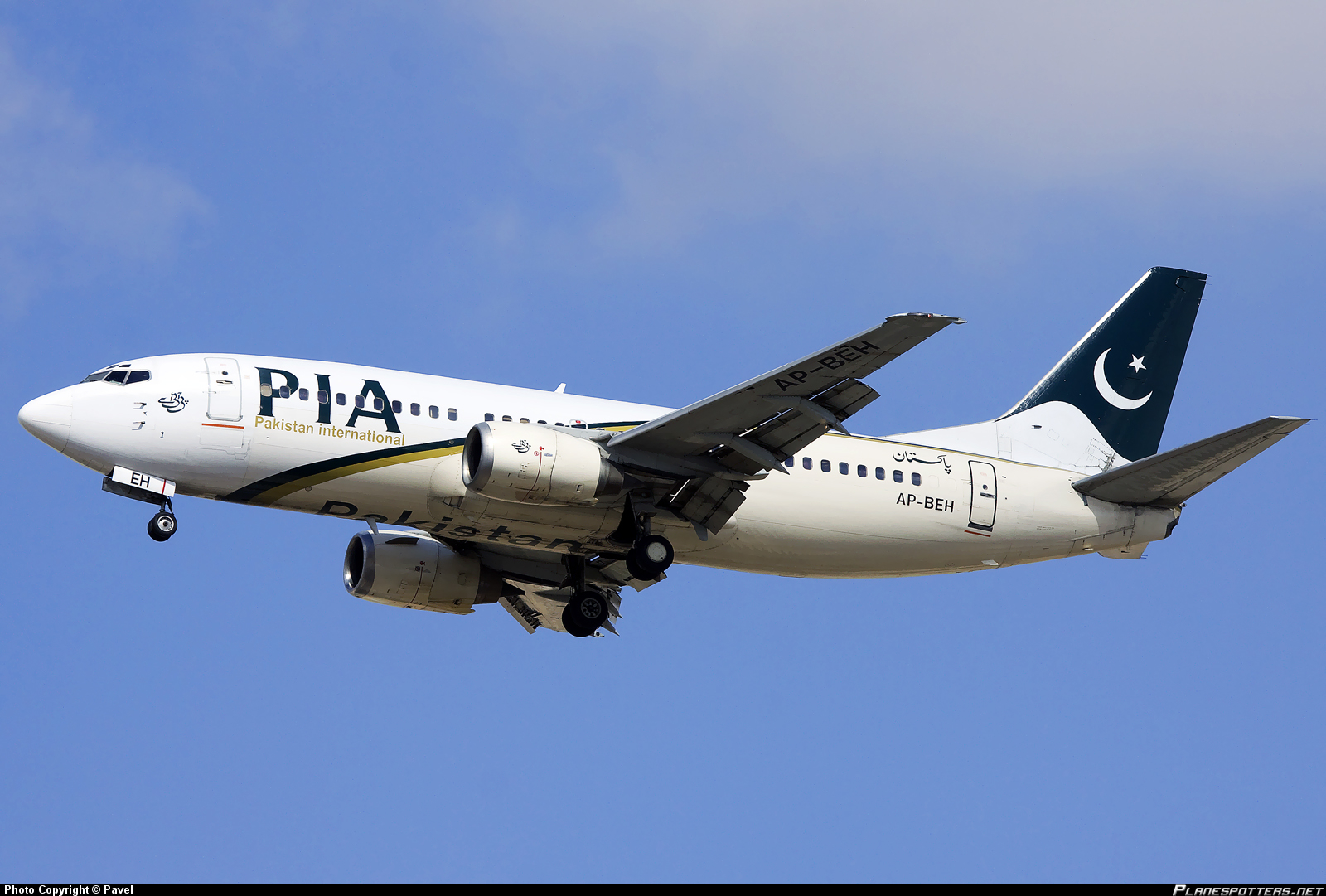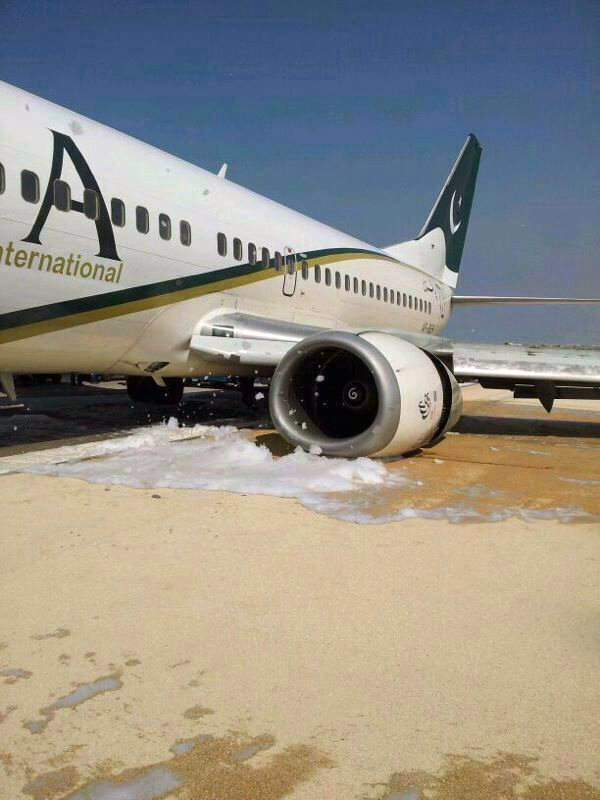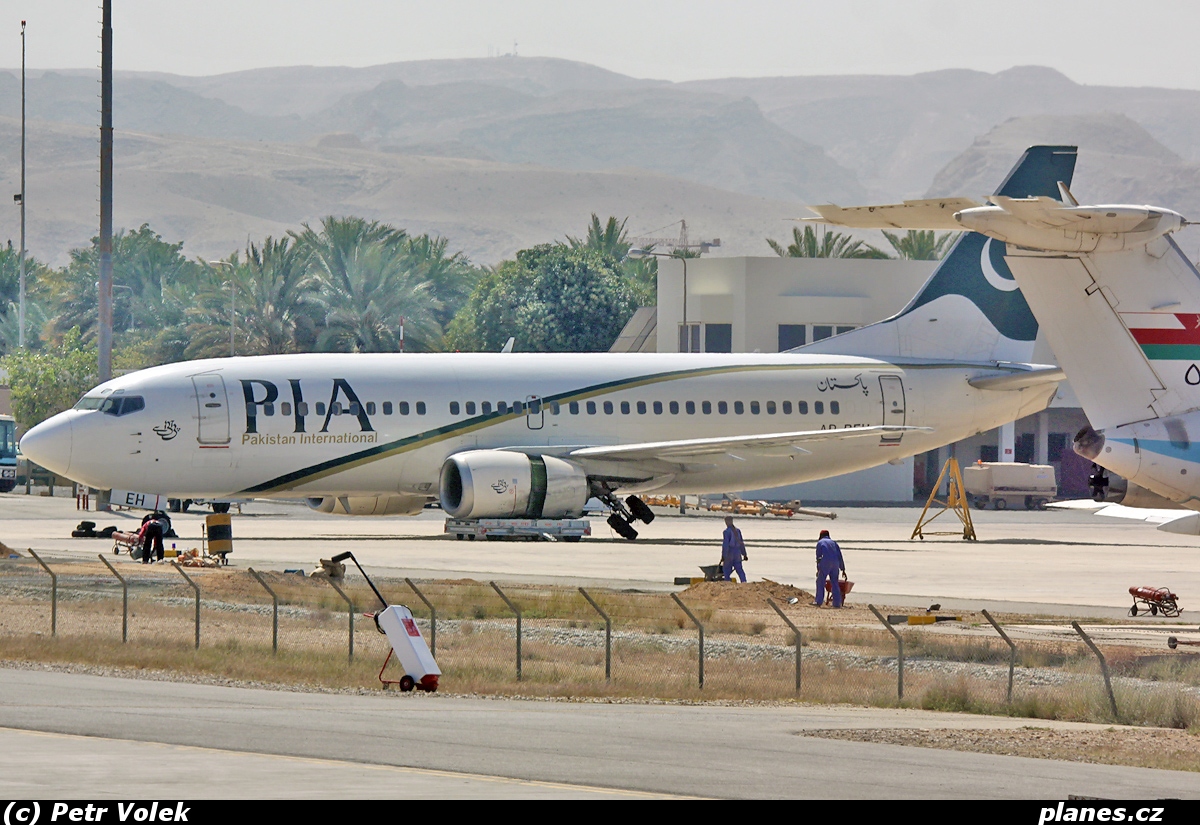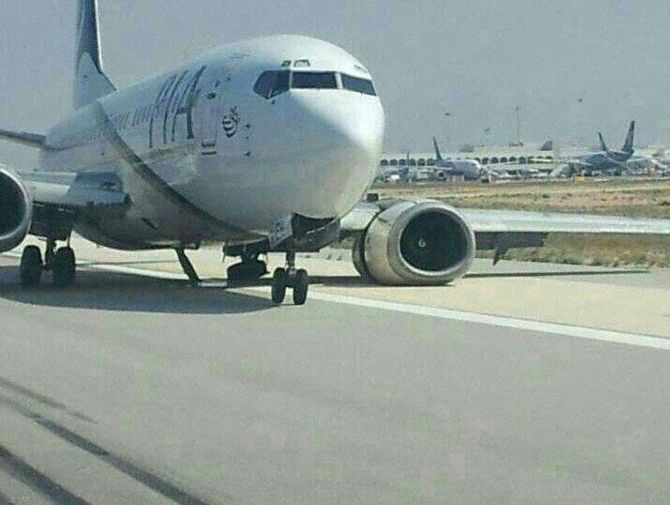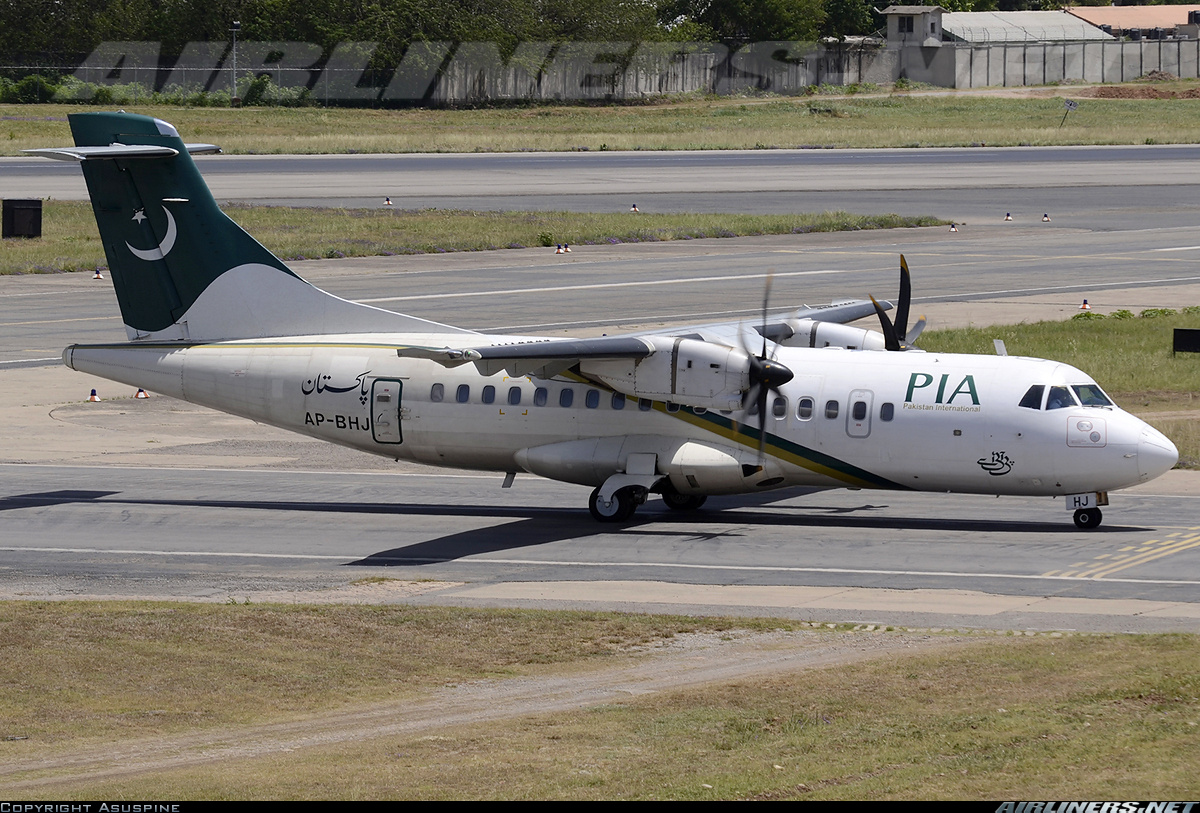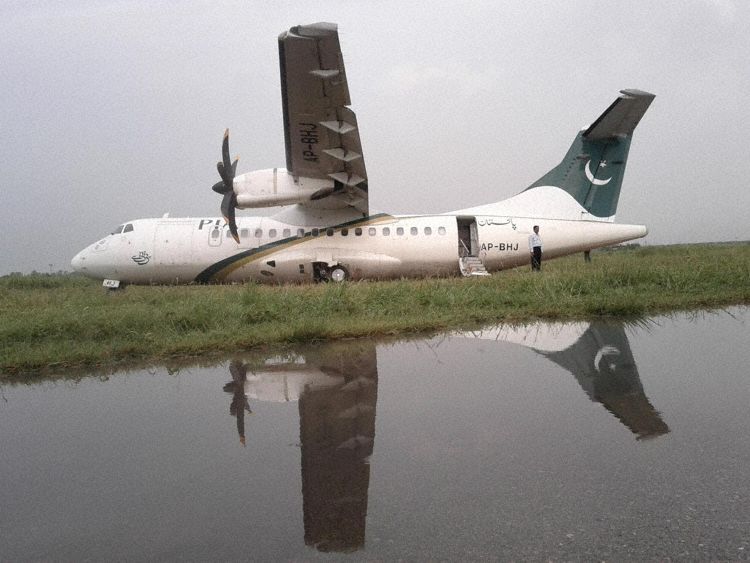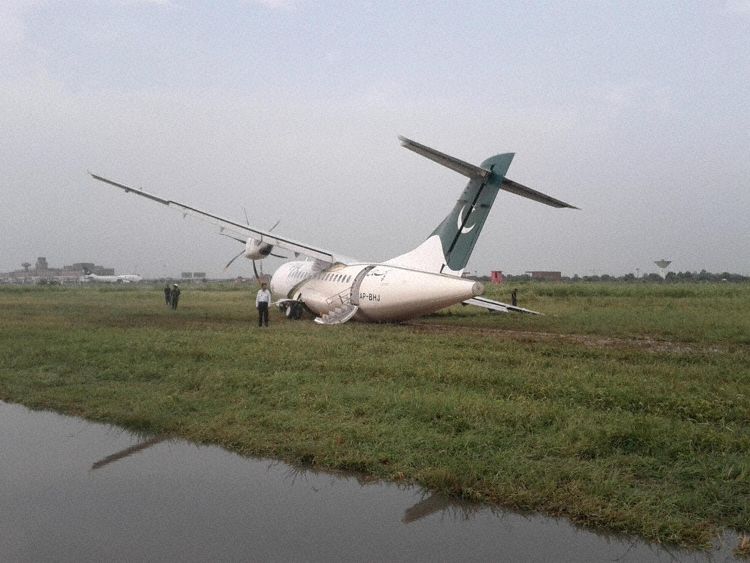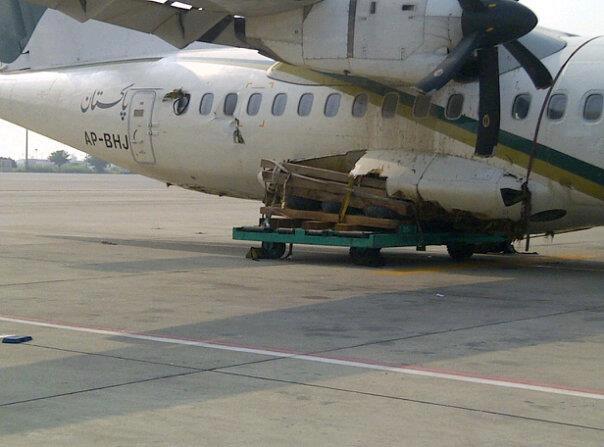Circumstances:
On 07 December 2016 morning, after a routine daily inspection at Benazir Bhutto International Airport (BBIAP) Islamabad, Pakistan International Airlines (PIA) aircraft ATR42-500 Reg No AP-BHO operated 05 flights (ie Islamabad to Gilgit and back, Islamabad to Chitral, Chitral to Peshawar and back). As 6th and last flight of that day, it took off from Chitral at time 10:38:50 UTC (15:38:50 PST) with 42 passengers (including 01 engineer) and 05 crew members (03 pilots and 02 cabin crew) aboard for Islamabad. It crashed after 42 minutes of flight at 11:20:38 UTC (16:20:38 PST) about 3.5 Nautical Miles (NM) SSE of Havelian, and 24 NM North of BBIAP Islamabad. All 47 souls aboard were fatally injured. The aircraft remained in air for about 42 minutes before crash (all timings in UTC). These 42 minutes have been split into three stages of flight, described hereunder:
(a) Initial Stage: From 10:38 to 11:04 (~26 minutes) degraded speed governing accuracy of the port propeller was evident in the DFDR data, but was apparently not observed by the cockpit crew. The flight stabilized at an altitude 13,500 feet AMSL and a cruising speed of 186 knots IAS (instead of expected 230 knots IAS). There were two latent pre-existing technical anomalies in the aircraft (a Fractured / dislodged PT-1 blade due to a known quality issue and a fractured pin inside the OSG), and one probable latent pre-existing condition (external contamination) inside the PVM of No 1 Engine. Digital Flight Data Recorder (DFDR) analysis indicates that No 1 Engine was degraded.
(b) Middle Stage (Series of Technical Malfunctions): From 11:04 to 11:13 (~09 minutes), a series of warnings and technical malfunctions occurred to No 1 Engine (left side) and its related propeller control system. These included Propeller Electronic Control (PEC) fault indications, followed by No 1 Engine power loss, and uncontrolled variation of its propeller speed / blade pitch angle abnormal system operation). The propeller speed which was initially at 82% (cruise setting) decreased gradually to 62% and later at the time of engine power loss it increased to 102% (and stayed at that value for about 15 to 18 seconds). It then reduced down to Non Computed Data (NCD) as per DFDR. At this point, (based on simulation results) the blade pitch angle increased (possibly close to feather position). Later, the propeller speed increased to 120% to 125% (probably caused due to unusual technical malfunctions) and stayed around that value for about 40 to 45 seconds. It finally showed an abrupt drop down to NCD again. At this point, (based on simulation results) the blade pitch angle may have settled at a value, different from the expected feathered propeller. During this unusual variation of propeller speed, there were drastic variations in the aircraft aerodynamic behaviour and sounds. The directional control was maintained initially by the Auto-Pilot. A relatively delayed advancement of power (of No 2 Engine) post No 1 Engine power loss, reduction of power (of No 2 Engine) for about 15 seconds during the timeframe when left propeller rpm was in the range of 120% to 125%, and once again a reduction of power towards the end of this part of flight, were incorrect pilot actions, and contributed in the IAS depletion. Auto-Pilot got disengaged. Towards the end of this part of flight, the aircraft was flying close to stall condition. No 1 Engine was already shutdown and No 2 Engine (right side) was operating normal. At this time, IAS was around 120 knots; aircraft started to roll / turn left and descend. Stick shaker and stick pusher activated. Calculated drag on the left side of the aircraft peaked when the recorded propeller speed was in the range of 120% to 125%. During transition of propeller speed to NCD, the additional component of the drag (possibly caused due to abnormal behaviour of left propeller) suddenly reduced. The advancement of power of No 2 Engine was coupled with excessive right rudder input (to counter the asymmetric condition). This coincided with last abrupt drop in the propeller speed. As a combined effect of resultant aerodynamic forces aircraft entered into a stalled / uncontrolled flight condition, went inverted and lost 5,100 feet AMSL altitude (ie from ~13,450 feet to 8,350 feet AMSL).
(c) Final Stage: The final stage of flight from 11:13 to 11:20 (~07 minutes) started with the aircraft recovering from the uncontrolled flight. Although blade pitch position was not recorded (in the DFDR – by design), and it was not possible to directly calculate that from the available data, a complex series of simulations and assumptions estimated that the blade pitch of left propeller may have settled at an angle around low pitch in flight while rotating at an estimated speed of 5%. Aircraft simulations indicated that stable additional drag forces were present on the left side of the aircraft at this time and during the remaining part of flight. Aircraft had an unexpected (high) drag from the left side (almost constant in this last phase); the aircraft behavior was different from that of a typical single engine In Flight Shutdown (IFSD) situation. In this degraded condition it was not possible for the aircraft to maintain a level flight. However, that level of drag did not preclude the lateral control of the aircraft, if a controlled descent was initiated. The aircraft performance was outside the identified performance envelope. It was exceptionally difficult for the pilots to understand the situation and hence possibly control the aircraft. Figure hereunder shows different stages of flight.
Probable cause:
The following factors were reported:
Probable Primary Factors:
(a) The dislodging / fracture of one PT-1 blade of No 1 Engine triggered a chain of events. Unusual combination of fractured / dislodged PT-1 blade with two latent factors caused off design performance of the aircraft and resulted into the accident.
(b) The dislodging / fracture of PT-1 blade of No 1 Engine occurred after omission from the EMM (Non-Compliance of SB-21878) by PIA Engineering during an unscheduled maintenance performed on the engine in November 2016, in which the PT-1 blades had fulfilled the criteria for replacement, but were not replaced.
(c) Fracture / dislodging of PT-1 blade in No 1 Engine, after accumulating a flying time slightly more than the soft life of 10,000 hrs (ie at about 10004.1 + 93 hrs) due to a known quality issue. This aspect has already been addressed by re-designing of PT-1 blades by P&WC.
Probable Contributory Factors:
(a) A fractured pin (and contamination inside the OSG), contributed to a complex combination of technical malfunctions. The pin fractured because of improper re-assembly during some unauthorized / un-documented maintenance activity. It was not possible to ascertain exact time and place when and where this improper re-assembly may have occurred.
(b) Contamination / debris found in overspeed line of PVM of No 1 Engine probably introduced when the propeller system LRU"s were not installed on the gearbox, contributed to un-feathering of the propeller. It was not possible to ascertain exact time and place when and where this contamination was introduced.
